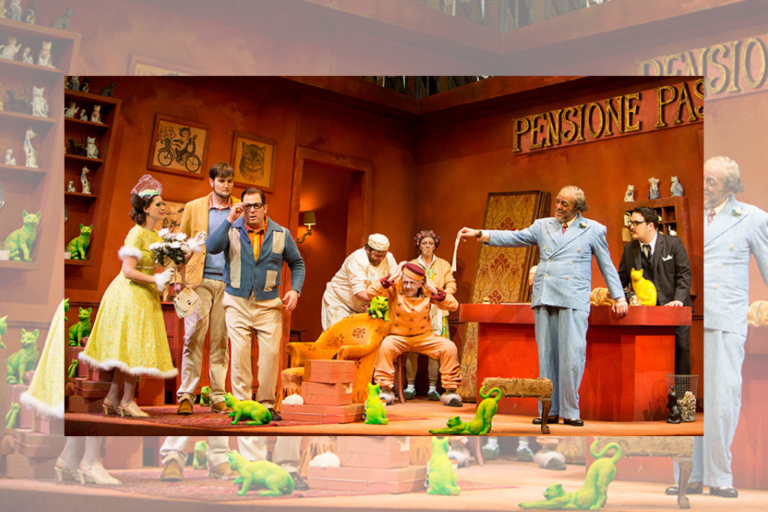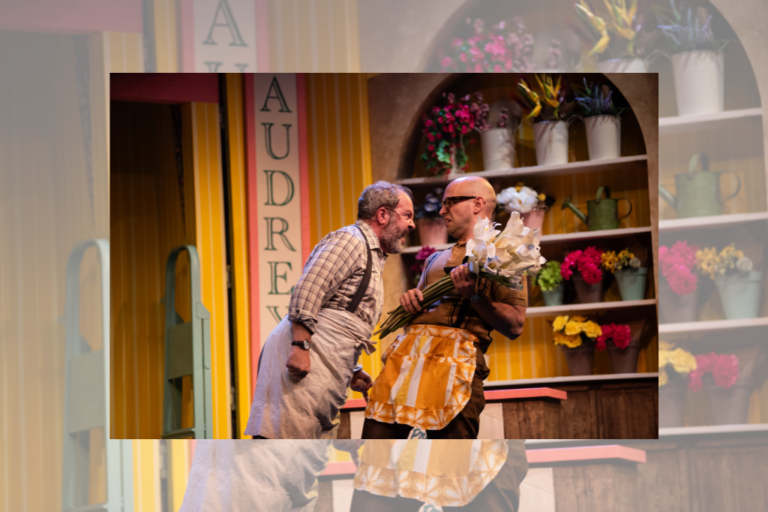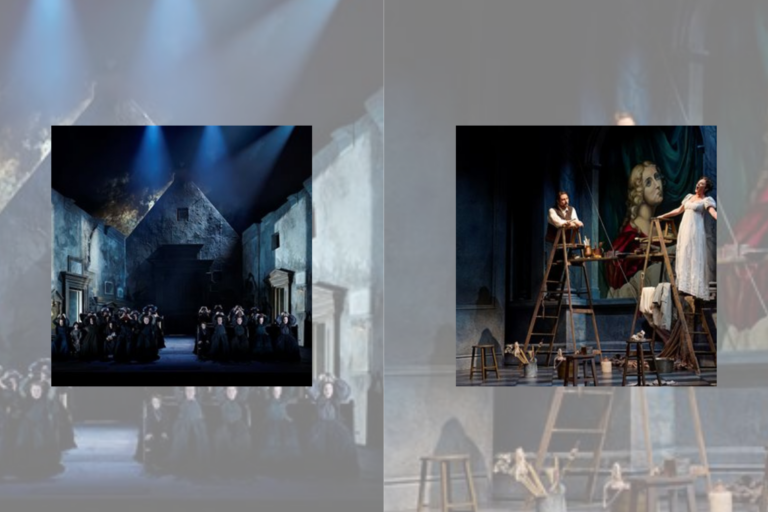REVIEW: Chiara Isotton burns like a supernova in COC’s Medea
Heed the powerful cry for divine justice of this vengeful mother! For if you do, you will experience a musical and theatrical experience like none other.
Luigi Cherubini’s Medea, a co-production between the Metropolitan Opera, Greek National Opera, Canadian Opera Company, and the Lyric Opera of Chicago, offers its audience striking visuals as a backdrop for the piece, exhibiting opera’s unique capacity to reveal the ineffable depths of human experience.
Cherubini’s score, with original French libretto by François-Benoît Hoffman, after Euripides and Corneille and translated into Italian by Carlo Zangarini, is saturated with such musical intensity. And considering that the lead soprano is onstage for almost the entirety of the opera performing scene after scene of fierce desperation, Medea is known as a vehicle for daring singers to showcase their superlative vocal skill and emotional range.
The opera tells the tale of Medea, who kills her brother to allow her lover Giasone to escape after capturing the infamous Golden Fleece held by her father, King Aeëtes of Colchis. Having fallen in love, she betrays her father when she leaves for Corinth to marry Giasone. The action begins 10 years later when, after breaking his matrimonial vow and casting her out of Corinth, Medea returns to reunite with Giasone.
Chiara Isotton, who stepped into the opera’s title role three performances earlier than planned following the unexpected departure of Canadian Opera Company darling Sondra Radvanosky after only one performance, burns like a supernova in the dark tragedy, as if she was the first choice to take on the role.
Isotton is riveting, offering a masterful vocal and physical performance that swings wildly from one emotional episode to the next. From desperate pleas, to heated anger, to motherly tenderness, to unbridled fury, Isotton’s Medea sings with intense histrionic expression that expertly elicits excitement, sympathy, fear, and pity for the tragic heroine.
Isotton’s physical characterization, specifically her embodiment of pain through contorting and wrenching her limbs, fingers, torso, and neck, often while prostrated on the stage floor, exhibits her capacity to embody a wide range of emotions, but never distracts from her compelling vocal performance.
The supporting cast matches Isotton’s stellar performance.
Zoie Reams’ Neris, Medea’s companion, sings the mournful aria “Solo un pianto,” declaring her loyalty to her mistress while pitying her misfortune and pain. Audiences would have to have quite a cold heart not to be moved by Reams’s voice as she laments “Unhappy, unhappy! How cruel was fate to you!” to the dejected Medea.
Glauce, sung by Janai Brugger, is the innocent bride of Giasone, the only blameless character of the lot, who, like Reams and Isotton, both vocally and physically captures the emotional life of her character.
As Giasone, Matthew Polenzani admirably plays opposite Isotton but is best in his performance of “Or che più non vedrò” to soothe his distressed fiancé. Alfred Walker, as Creonte, whose deep bass voice instils an undeniable sense of authority for the role of the King, matches both Polenzani’s and Isotton’s mastery of the art form.
But these male performances pale in comparison to the fiery turmoil that the role of Medea demands of a performer.
Stunning scenic and costume designs frame these vivid performances. Director Sir David McVicar also designed a set dominated by immense copper gates, rusted with an oxidized green patina, that stand downstage, representing the impenetrable barrier between Medea and the life she believes she is owed. Three steps lead up to the imposing gates, with decayed leaves and crumbling brick flanking the sides. These gates open and close, allowing the set to change from Glauce’s boudoir to the palace dining room to the wedding chapel. A mirror hangs angled from the floor to the ceiling allowing the audience to see, as if from above, the action happening within the gates.
Costume designer Doey Lüthi dresses the cast in opulent, jewel-toned clothes worn by the aristocracy of the late 18th century. The lavish gowns and decorated uniforms of Creonte, Giasone, his court, and his servants contrast the simple, unadorned black dress worn by Medea.
Despite providing spectacular visuals, the direction and design avoids engaging the political and thematic aspects of the opera.
Considering all she’s done for Giasone, Medea’s plea to the gods for justice is legitimate. Cherubini invites the audience to sympathize with Medea and her call for divine retribution by privileging her perspective on the situation throughout the opera. And yet, the production is ambivalent about her appeal. Dressed in black, with black tears dripping from her eyes and dishevelled hair, she appears as the villain. As feminism as a political position continues to rise in popularity, representing a woman who sacrifices her own family and home only to be brutally betrayed by the man she loves as evil seems like a critical faux pas.
Furthermore, Medea as an immigrant, refugee, or outsider who is treated with little compassion nor understanding also draws an audience to sympathize with her. It is not a leap to interpret Creonte, Glauce, and Giasone’s demand that she leaves Corinth as a version of the xenophobic refrain to “go back where you came from.” Even as dressing Medea in black suggests she is villainous, witnessing her experience such unkindness invites the audience to question if she is indeed the “evil sorceress” that the Corinthians think she is.
Despite the production’s abstention from a clear political position on the representation of women and migrants, the final moments of the opera reach a fervour of musical intensity, raw emotion, and awe-inspiring spectacle that overwhelms with dramatic power. The gates open to reveal that Medea has done the deed — she has murdered Giasone’s sons. As she lies centre stage with their bodies, mourning the death of her own children by her own hand, flames erupt on the mirror, encircling the mother and her sons, as Medea is metaphorically burnt by the flame of vengeance.
This final image is a metaphor for Isotton’s star performance, one so fiery that it consumes itself in its intense, relentless, all-consuming blaze. Any audience will feel divinely fortunate to be burning in the explosive supernova that is this production of Medea, led by the inimitable Isotton.
Medea ran at the Four Seasons Centre from May 3-17. More information is available here.
Intermission reviews are independent and unrelated to Intermission’s partnered content. Learn more about Intermission’s partnership model here.















Comments